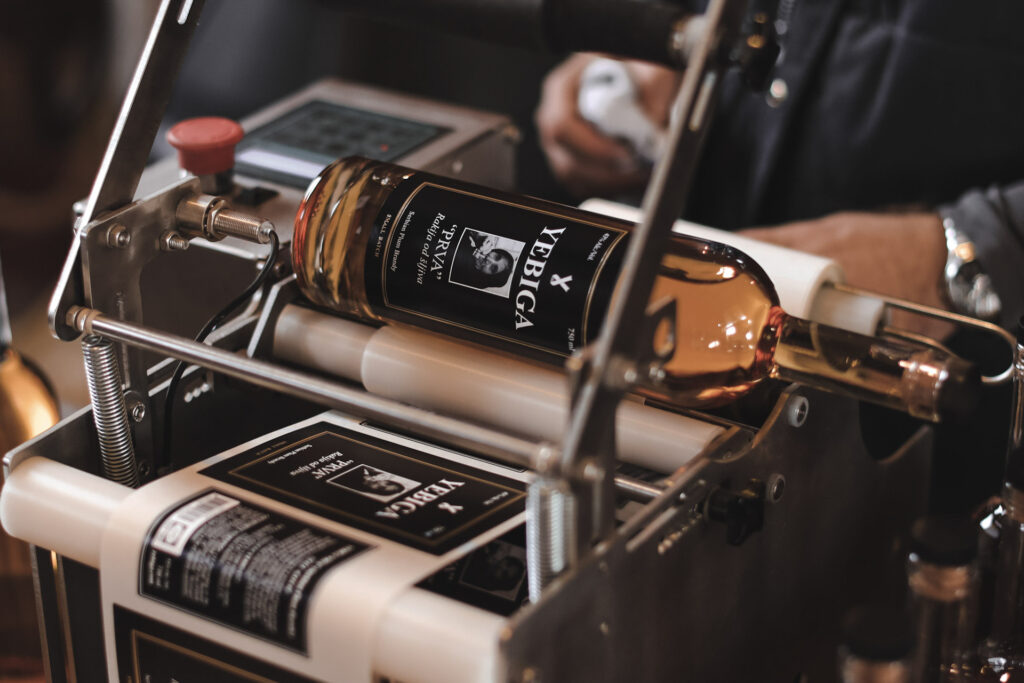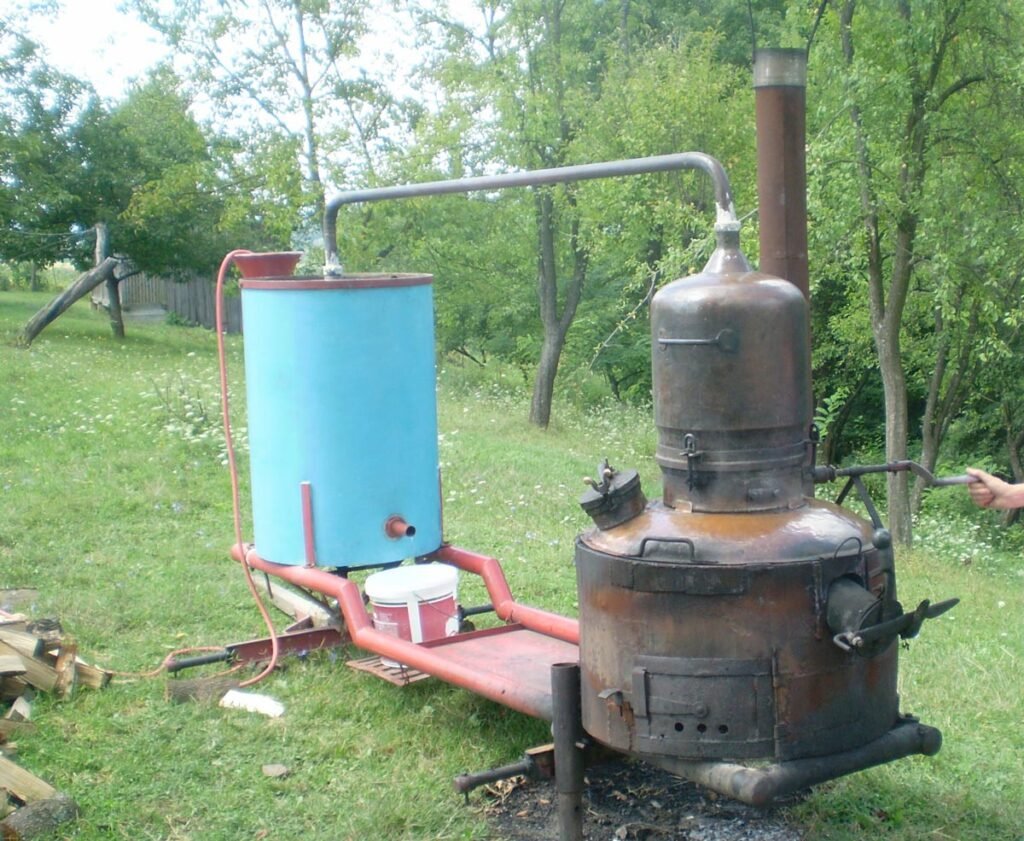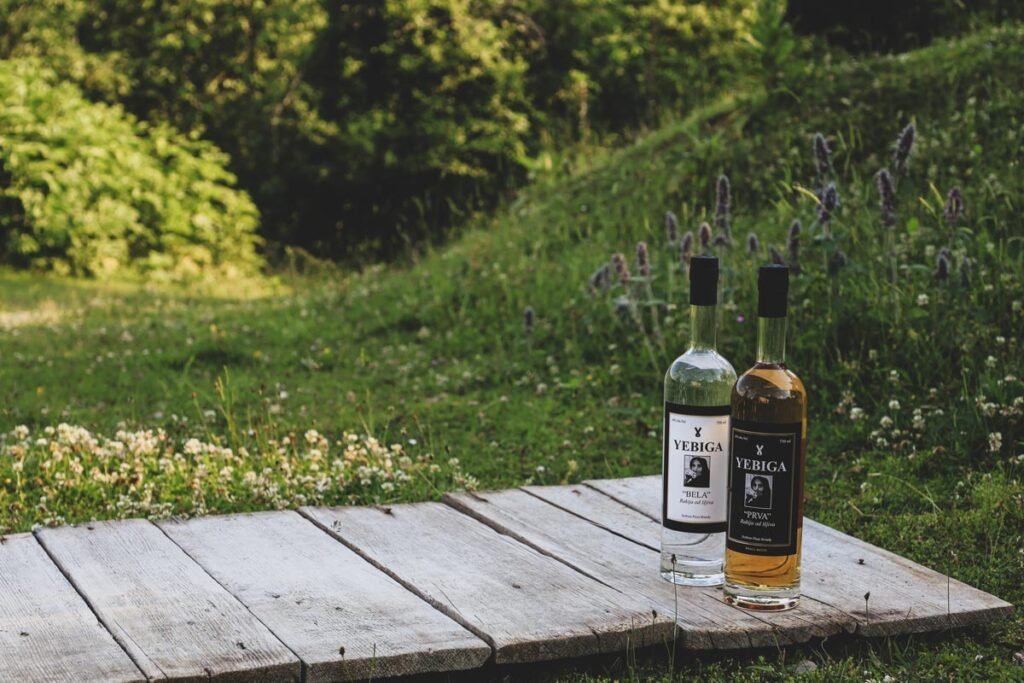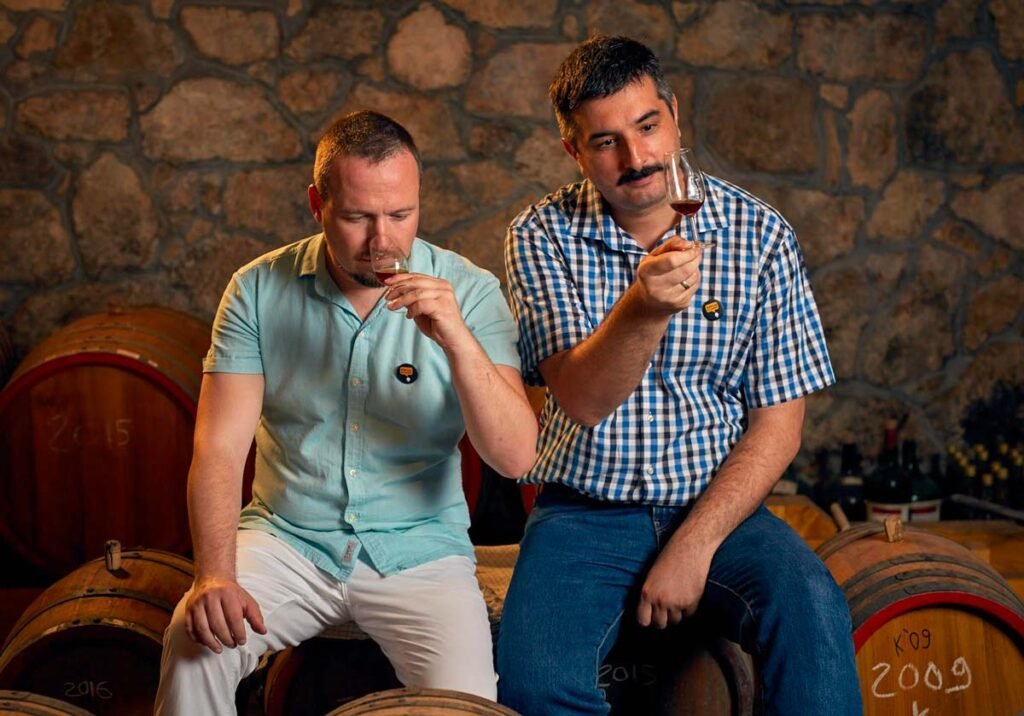Rakija dates back to the early years of the Ottoman Empire, and today, remains the pride of about 60 million people covering the area of ex-Yugoslavia, Bulgaria and parts of Romania and Hungary.

It would not be incorrect…
…to say that Rakija (a.k.a. rakia) at its broadest definition) is a rustic fruit brandy, made from a base of white grapes, quince, pears, plums … or, whatever fruit might be laying around the farm.
Geography and climate play an important role as to which fruits take preference: Slavonia could mean apples, in Macedonia, grapes, whereas plums are the name of the game in Western Serbia.
The distillate itself is usually clear, but can be aged in oak, and customarily served in small pours into tiny glasses built for a toast. And yet, it is important to clarify that although Rakijas are fruit brandies, not all, and actually most fruit brandies are not Rakija. Rakija is very specific and particular to the Balkans.
Rakija is…
…woven into the fabric of life, whether it’s the host of the Bosnian wedding; the warmth on a frozen midnight in Montenegro; consolation at a funeral in Šumadija— it is equally as ubiquitous and considered part of the regional cuisine. In Bulgaria, there is a famous proverb, “A psychotherapist can help you, but Rakija is cheaper.” It is the soul of a people.
Partly due to its’ rural origins, rakija has always has a practical side, a way of making the most out of a harvest, and a key to surviving the winter and spring. In addition to the obvious social benefits, it has provided utilitarian ones such as a disinfectant, pain relief, maybe even emergency fuel for the tractor.


However…
…there is a deep knowledge that also comes with working with the same fruit, water and land for decades (or centuries). The beauty of a rakija is that it is more than just a combination of alcohol and barrel. It’s fruit fundamentals bring plenty character, personality–and soul–into the experience. At it’s best, rakija is a truly sublime and exceptional beverage. And customarily, there has been a certain rule of thumb in the household applies to a premium quality rakija: if you have it, you keep it to yourself.
You can share it with close friends, break it out for the funeral or another special occasion, but hold it close like a family heirloom. And while this makes absolute sense, it is probably one of the main reasons that there is so little recognition of its uniqueness, and greatness abroad.
But time never stands still…
…customs evolve and society moves forward. These days, fine domestic rakija is experiencing a renewed appreciation, making its way outside the home, and into the public sphere. With contemporary anthologies, publications (celebrating the history, traditional methods, ingredients), complemented by the establishment
of universal criteria for tasting and evaluation — we are now seeing a higher quality of rakija in shops, bars, aided by a deeper understanding within the general population.



